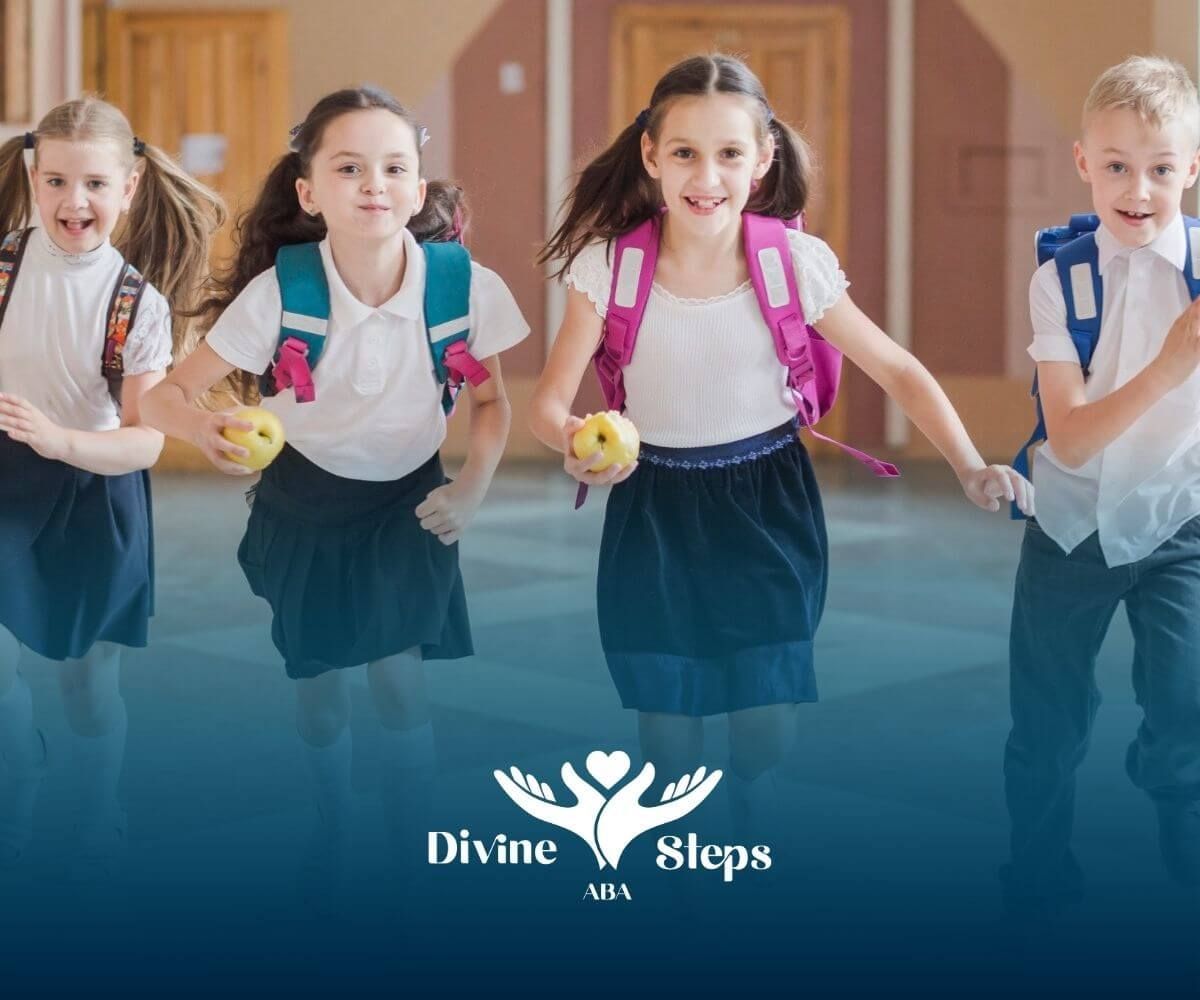Website by CWS
Practical ABA Skill Acquisition Plans for Communication, Social, and Daily Living Skills
Key Highlights
- Skill acquisition in Applied Behavior Analysis (ABA) teaches essential life skills to promote independence in children.
- ABA therapy uses proven teaching strategies like breaking down complex tasks into simple, manageable steps.
- Common examples of target skills include communication, social interaction, and daily living tasks like personal hygiene.
- Positive reinforcement strategies are used to motivate learners and help them apply new skills in real-world situations.
- The goal of behavior analysis is to create a tailored skill acquisition plan that improves a child's overall quality of life.
As a BCBA, one of my favorite parts of ABA therapy is watching a child master a new skill that once felt overwhelming. With the right support, big goals become small steps — and small steps become independence.
Foundations of Skill Acquisition in ABA Therapy
Skill acquisition isn’t just about learning new behaviors. It’s about helping children succeed at home, in school, and in the community. Every program is built around the child’s strengths, needs, and goals.
Understanding the Purpose of Skill Acquisition Programs
A skill acquisition plan teaches skills that make everyday life easier. Instead of teaching a task all at once, we break it into small steps. Children learn one step at a time. This approach builds confidence and reduces frustration.
The Role of ABA in Building Essential Skills
The process starts with an assessment. I look at what the child already knows and where support is needed. Based on that, I set goals that are clear and measurable. Everyone — therapists, families, and the child — knows exactly what success looks like.
Who Benefits from Skill Acquisition Programs
Skill acquisition programs are not limited to autism. Any child who needs support with communication, daily living, or social interaction can benefit. These plans adapt easily to different ages and learning styles.
Core Principles Behind Effective ABA Skill Acquisition
The goal is not just to teach a skill. The goal is to make sure the child can use that skill every day, in different places, and with different people. That’s why evidence-based strategies are so important in ABA.
Evidence-Based Strategies
I rely on proven teaching methods instead of trial and error. Some include:
- Task analysis — breaking a skill into small steps
- Positive reinforcement — rewarding progress
- Prompting and fading — guiding and then reducing support
These strategies help children experience success early and often.
Promoting Lasting Skill Development
I track progress continuously. If something isn’t working, I change the plan right away. I also focus on generalization, which means teaching skills across several environments and with different people. That way, skills become part of everyday life.
The Power of Consistency and Repetition
Children learn best when expectations are clear and practice happens often. Repetition builds confidence. Consistency turns new skills into habits.
Key Components of a Skill Acquisition Program
Strong programs start with strong foundations. That means goals that are clear, skills that are meaningful, and teaching plans based on assessment.
Setting Clear, Measurable Goals
A good goal describes exactly what the child will do and how we will know when the skill is mastered. There is no guesswork. Progress becomes visible and easy to celebrate.
Choosing the Right Target Skills
I choose skills that make daily life easier. I also ask families what matters most to them. Skills that improve independence and confidence take priority.
Individualized Plans Based on Assessment Data
Assessment results guide every step of the plan. They tell us which skills to target and how to teach them. The plan also includes reinforcement methods and clear criteria for mastery.
Assessment and Baseline Data Collection in ABA
Before teaching begins, I gather baseline data. This shows how often the child performs a skill before intervention. Without baseline data, we wouldn’t be able to measure meaningful progress.
Types of Assessments
I use two types of assessments:
- Direct assessments — watching the child in real time
- Indirect assessments — gathering information from parents, teachers, and caregivers
Combining both gives an accurate, well-rounded picture.
Gathering Baseline Data
I observe the skill across several opportunities. This helps ensure accuracy. Once I know where the child is starting, I can plan instruction at the right level.
Data-Driven Instruction
During therapy, I collect data every session. If progress slows or stalls, I adjust the plan immediately. This keeps learning moving forward.
Step-by-Step ABA Skill Acquisition Plan Examples
Examples make the process easier to understand. Below are simple breakdowns of how we teach real-world skills.
Breaking Down Complex Tasks with Task Analysis
Take brushing teeth. Instead of teaching it as one task, we break it into small steps:
- Pick up toothbrush
- Apply toothpaste
- Brush upper teeth
- Brush lower teeth
- Rinse and dry
The child learns one step at a time and builds toward full independence.
Sequencing for Progressive Learning
I teach the easiest steps first. As a child succeeds, we add more steps. Progress feels achievable instead of overwhelming.
Sample Lesson: Teaching Toothbrushing
- Objective: Brush teeth independently
- Materials: Toothbrush, toothpaste, cup, sink
- Procedure: Follow task-based steps
- Reinforcement: Praise or a preferred activity for completed steps
Small wins lead to big results.
Teaching Strategies Used in ABA Skill Acquisition
Every child learns differently. This is why I use a mix of structured and natural teaching methods.
Discrete Trial Training (DTT)
DTT uses short, structured teaching trials with clear instructions and immediate reinforcement. It works especially well for communication and academic concepts.
Natural Environment Teaching (NET)
NET teaches skills during everyday activities. For example, we might count blocks during play or label items during story time. Learning feels fun and natural.
Incidental Teaching
Incidental teaching uses spontaneous learning opportunities. If a child reaches for bubbles, I might prompt “bubbles please” before giving them. Motivation becomes the teacher.
Common Skills Targeted in ABA Programs for Children
Skill goals differ from child to child, but many fall into similar categories.
Communication and Language Skills
Examples include:
- Requesting items
- Naming objects
- Answering questions
Better communication reduces frustration and supports social connection.
Social Skills and Cooperative Play
We often focus on:
- Greeting peers
- Taking turns
- Joining group play
These skills help children build friendships and navigate social settings.
Daily Living Skills and Independence
Independence builds confidence and self-esteem. Common skills include:
- Toileting
- Dressing
- Brushing teeth
- Helping with simple chores
Reinforcement Techniques and Motivating Children
Children learn best when they feel successful. Reinforcement boosts motivation and keeps learning positive.
Positive Reinforcement
Reinforcement can take many forms:
- Verbal praise
- High-fives
- A favorite toy or activity
The key is choosing what truly excites the child.
Maintaining Motivation Through Progress Tracking
Progress charts and milestone celebrations help keep children engaged. When kids see themselves improving, they want to keep going.
Conclusion
A strong skill acquisition program gives children the tools they need to succeed in everyday life. With individualized goals, evidence-based strategies, and consistent reinforcement, children build communication, social, and daily living skills that support independence and confidence.
A strong skill acquisition program gives children the tools they need to thrive in everyday life. With individualized goals, evidence-based strategies, and consistent reinforcement, kids can build communication, social, and daily living skills that support independence and confidence.
If you’re considering ABA therapy for your child, I encourage you to connect with Divine Steps Therapy. We proudly provide ABA services across Maryland, Virginia, and North Carolina.
Families can choose support that fits their child’s needs and daily routine, including:
- In-home ABA therapy for personalized one-on-one care in the comfort of home
- School-based ABA therapy to help children succeed in academic and social environments
If you’re ready to take the next step, we’re here to walk beside you — with compassion, clinical excellence, and genuine partnership
Frequently Asked Questions
What are common examples of skill acquisition goals in ABA?
Common skill acquisition goals in ABA programs focus on functional abilities. Examples include improving communication skills by teaching a child to request items using words, developing social skills like taking turns during a game, and mastering daily living skills such as dressing independently or brushing teeth without assistance.
How do ABA therapists choose which skills to teach?
ABA therapists evaluate a child's individual needs, developmental level, and specific goals to determine which skills to teach. They often prioritize functional skills that enhance the child’s independence and social interaction while considering the methods that best suit the child's learning style.
How is progress measured in ABA skill acquisition programs?
Progress in ABA skill acquisition programs is measured through data collection methods, including frequency counts, duration recording, and interval recording. Regular assessments help in tracking improvements, allowing practitioners to adjust interventions based on individual progress toward specific learning goals.




